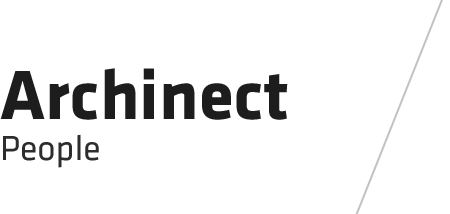
deferentialCONSTRUCTIONS takes its cue from the phenomenon known as Apophenia, which is the perceiving of meaningful patterns in seemingly random or meaningless data. If used advantageously, apophenia can allow for multiple readings within a single spatial environment. The project attempts to leverage a basic architectural proto-condition to test out the implications and possibilities inherent within this phenomenon. The goal is to create a system which, by oscillating between complete control and a total lack of control, allows its users to interpret their environment in a variety of ways. The architectural proto-condition at play is the aperture and the construction pedagogy is that of a panelized wall system.
Running in parallel is an ambition to use parametric design software and large scale fabrication technologies to create systems of control that maximize output while minimizing input. The idea is to develop simple design methodologies which are able to generate complex outcomes through the use of emerging fabrication technologies. Embedding within this logic is the notion that the designer is removed from the final representation. By taking control of the final outcome away from the designer, the user is free to create his own realities and fictions through an apophenic response to an amorphous environment.
To accomplish these goals the work has utilized parametric design software as well as emerging technologies such as 5-axis robotic milling for fabrication. In order to generate an aperture within a solid mass, the 5-axis robot utilizes what is called a “swarf” cut. This particular cut operation needs only a top and bottom curve diameter in order to generate a boolean operation. At this point computational design strategies were utilized to randomly generate top and bottom curves which would then be fed to the fabrication software in order to generate boolean operations. Through these efforts a minimum amount of parametric modeling was needed in order to generate aperture rich architectural prototypes.
By leveraging emerging technologies the final construction achieves its goal of oscillation between control and a lack of control. First, the system is controlled through the implementation of a base grid for panelization; next, system control is relaxed through randomized boolean curve generation and aperture creation. Finally, control is fed back into the system through the manipulation of panel edge conditions to allow for an aggregation that is completely independent of control.
Taubman College, University of Michigan
professors: matias del CAMPO & adam FURE
Project Team: Harold Sprague Solie, Mark Wright, Ning Zhou and Bennett Scorcia
Status: Built
Location: Ann Arbor, MI, US